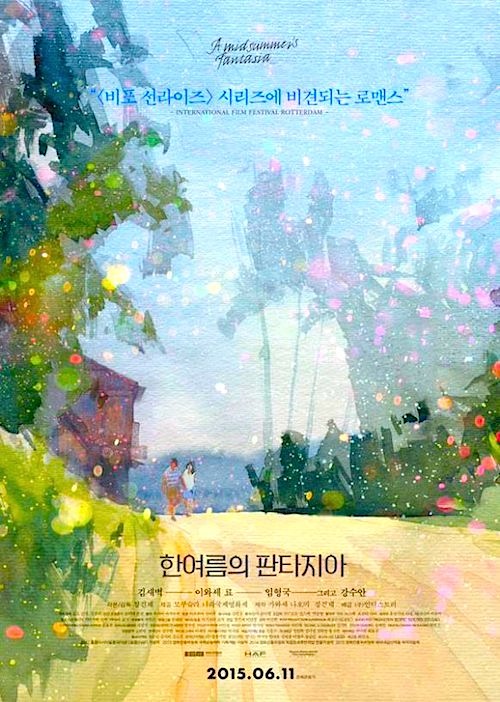By Joe Bendel. This is not the Utah we know from coming to Park City for Sundance, Slamdance or maybe skiing. This is Salt Lake City, home to the nation’s largest Polynesian immigrant community. Yes, many of them are Mormon, why do you ask? Their faith is with the Latter Day Saints, but their hopes and passion are in football all the way. Tony Vainuku (the first Tongan filmmaker accepted at Sundance) & Erika Cohn follow four top high school seniors throughout In Football We Trust, which screens during the 2015 Los Angeles Film Festival.
According to Trust, Polynesian prospects are twenty-eight times more likely to make the NFL than any other demographic group. The film also acknowledges the same is not true for Ivy League medical and law schools. This is a problem, but Vainuku & Cohn will primarily focus on other issues, like religion and crime. The former is clearly a positive force for the families profiled in the film, often credited for providing direct assistance, as well as a social network and structure. The latter is never a good thing, but the intrusion of gang violence could well jeopardize at least one player’s future.
 For obvious reasons, the filmmakers spend a great deal of time with the brothers Bloomfeld, Leva and Vita, whose reformed father was one of the founders of the Baby Regulators, a notorious Polynesian street gang. Their father might be out of the life, but the life will still come looking for at least one of the brothers.
For obvious reasons, the filmmakers spend a great deal of time with the brothers Bloomfeld, Leva and Vita, whose reformed father was one of the founders of the Baby Regulators, a notorious Polynesian street gang. Their father might be out of the life, but the life will still come looking for at least one of the brothers.
In intriguing ways, Trust confirms some of our possible preconceptions, while contradicting others. All four POV players seem to be reasonably well accepted in high school (they are jocks, after all) and at one least has a popular, apparently Anglo girlfriend. It also seems like the Mormon mission call can be a rather handy escape hatch during challenging times.
Unfortunately, through Fihi Kaufusi’s experiences, Trust also raises timely issues of football safety. Kaufusi actually played on both sides of the ball, which is a practice many would have assumed went the way of leather helmets. He will suffer an injury that the team doctor “under-diagnoses,” so you can probably guess what happens next.
There is only so much Vainuku & Cohn can coherently address in a film of reasonable length. As it is, Trust is like a tighter, more disciplined Hoop Dreams, featuring more proactive, self-aware subjects. Yet, football fans will not shake the feeling the ghost of Junior Seau hovers over the film. The NFL’s inability to deal with concussions and brain trauma becomes especially problematic when we consider how many Polynesian families look to football as their means of economic advancement. Still, these high school players’ ambitions are real and compelling. Recommended for fans of beyond-the-field sports reporting, In Football We Trust screens this Wednesday (6/17) as part of LAFF ’15.
LFM GRADE: B
Posted on June 15th, 2015 at 10:11pm.








